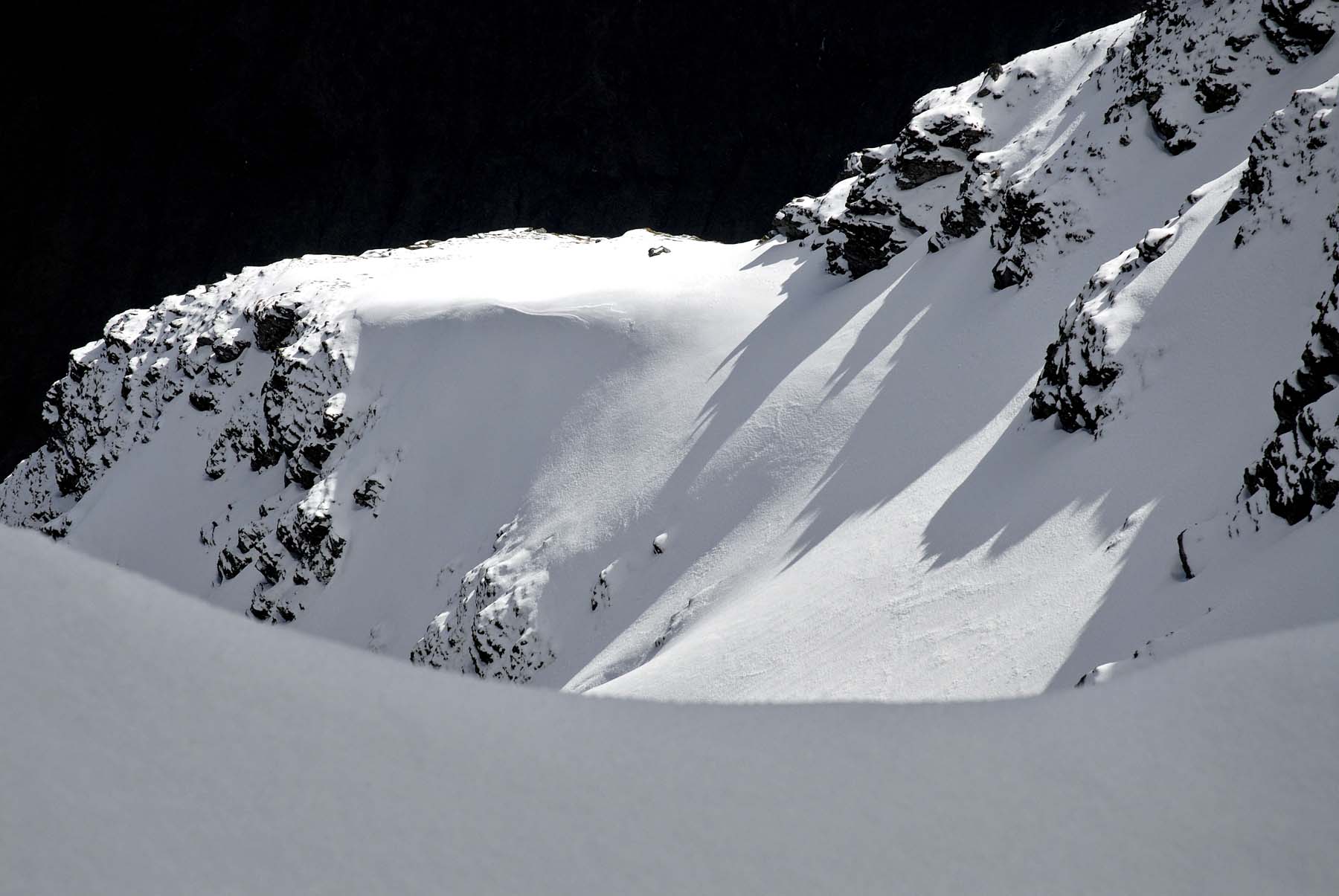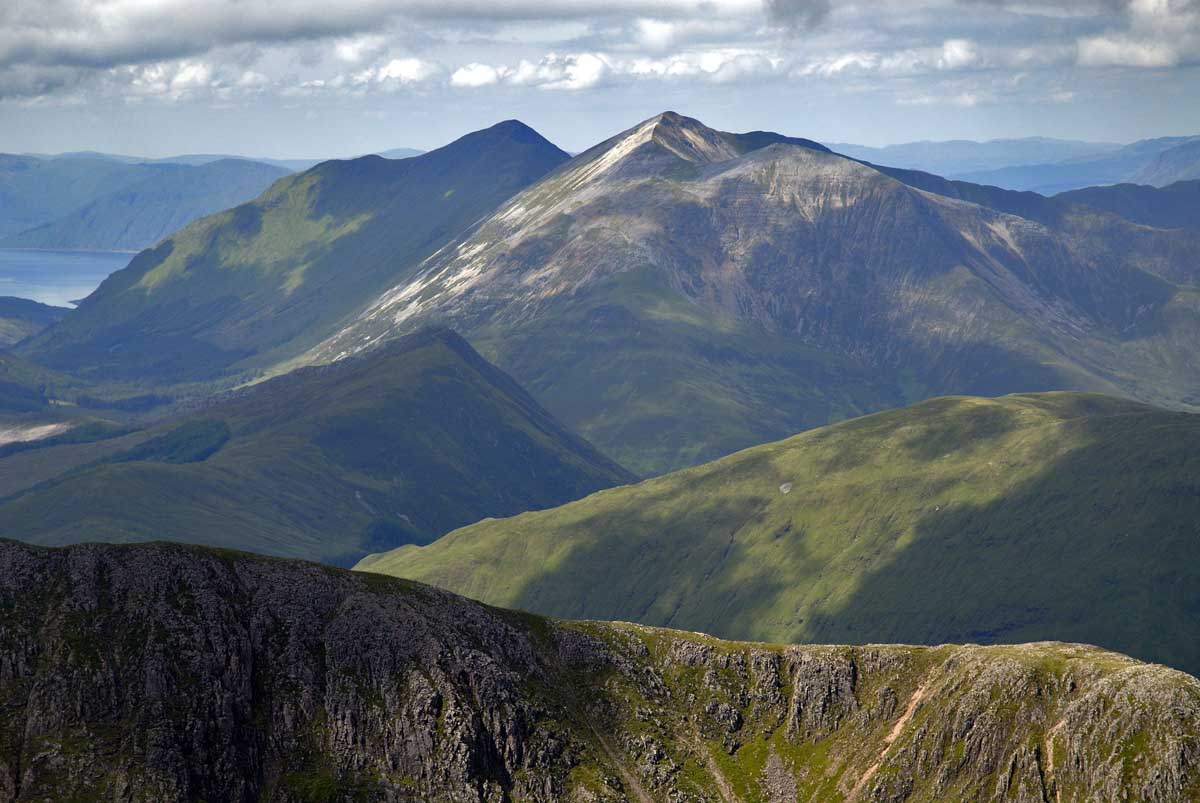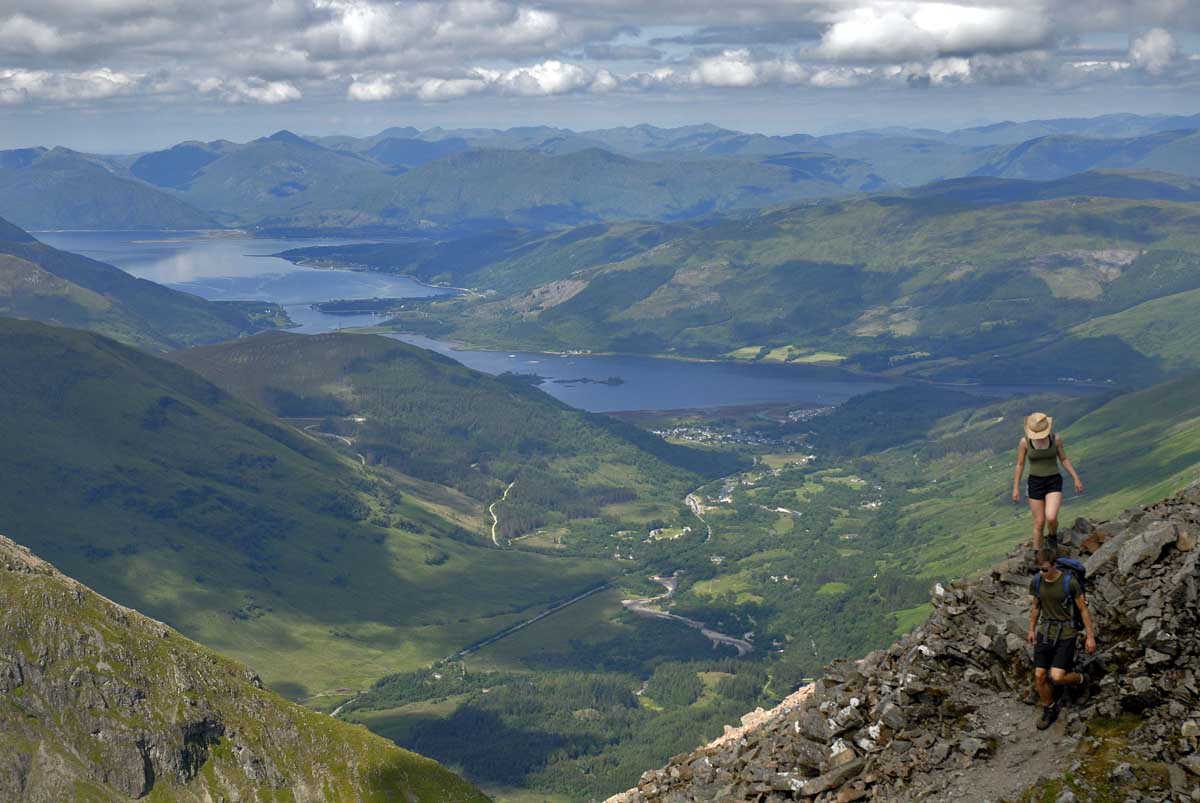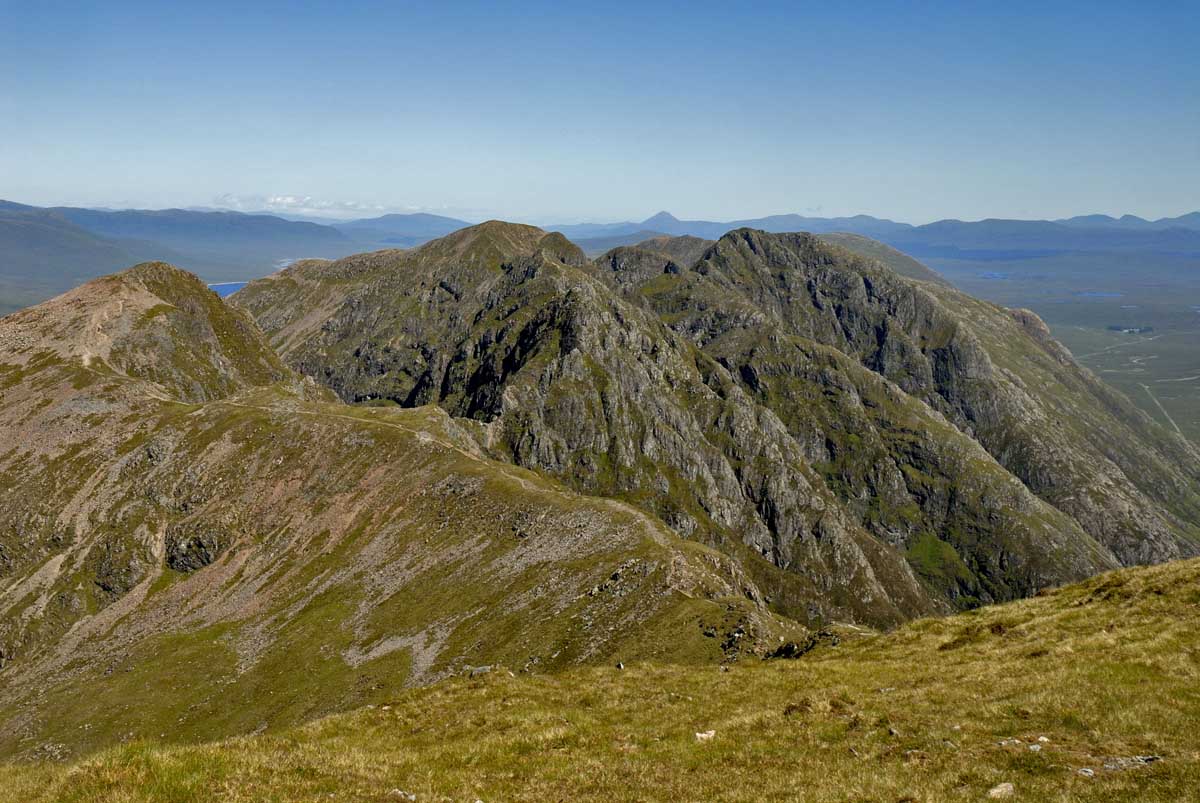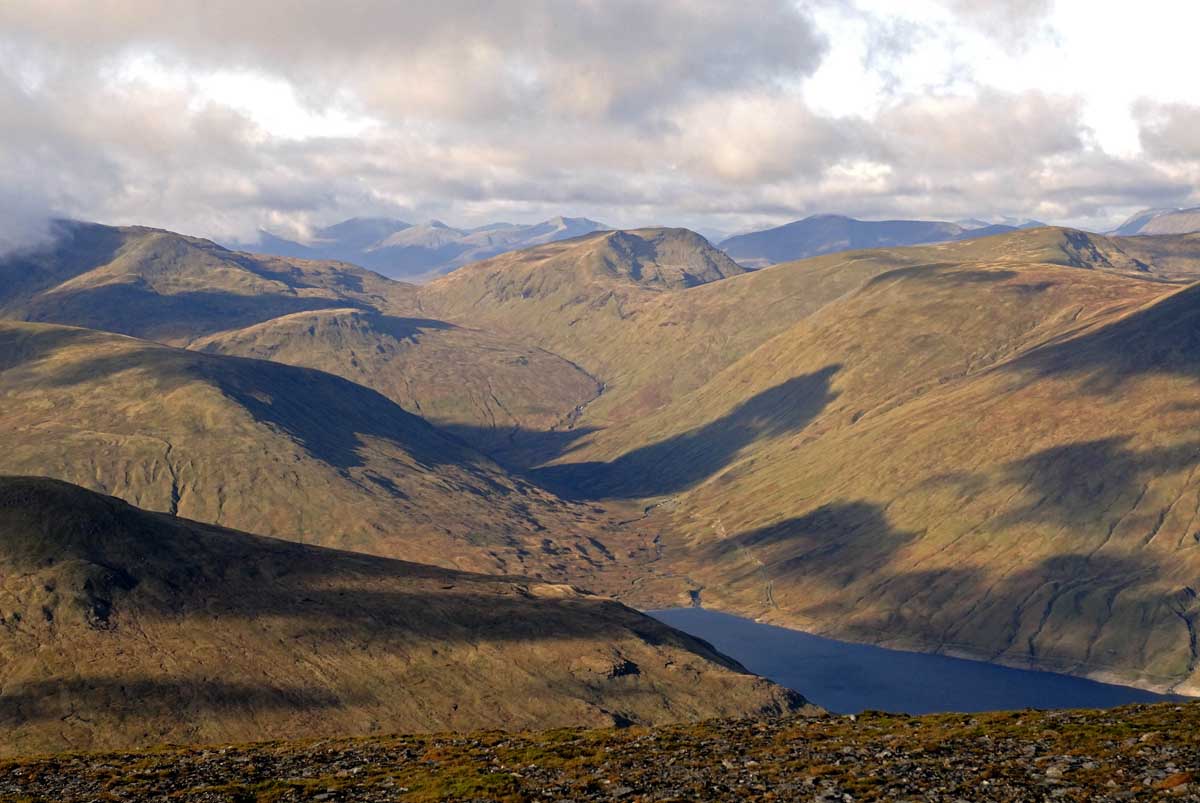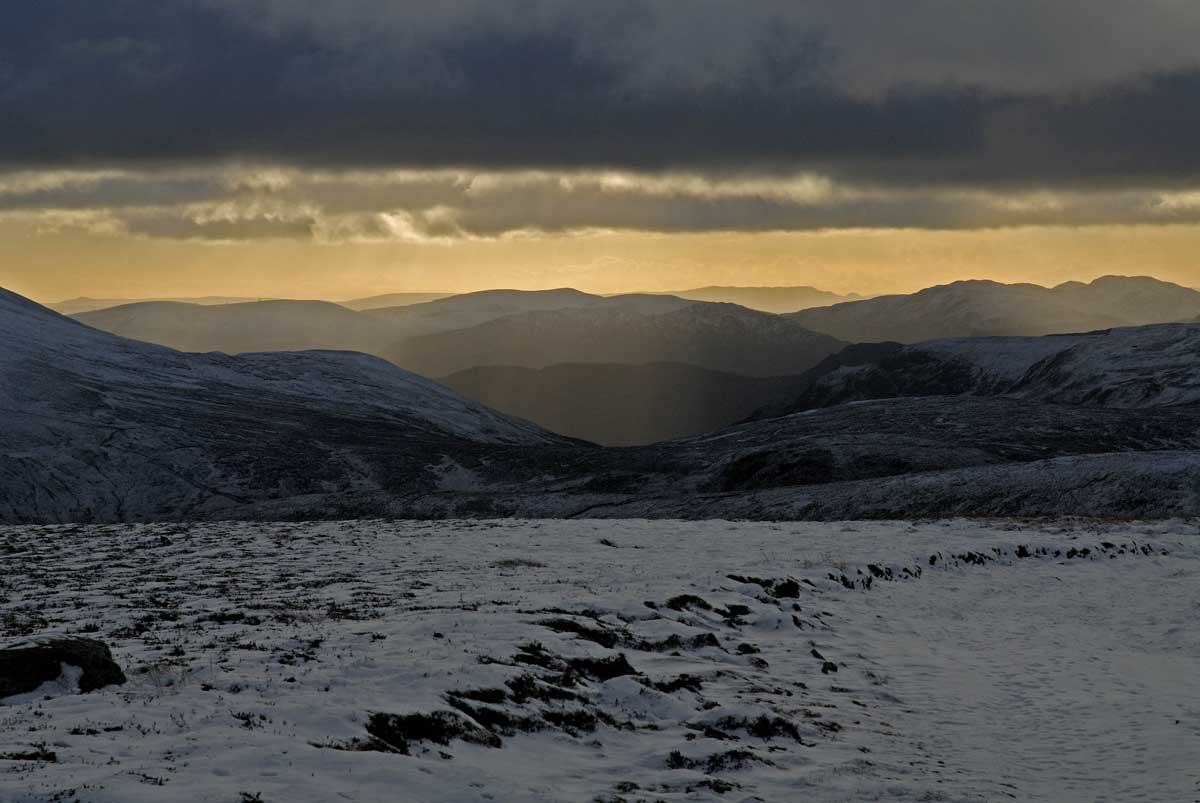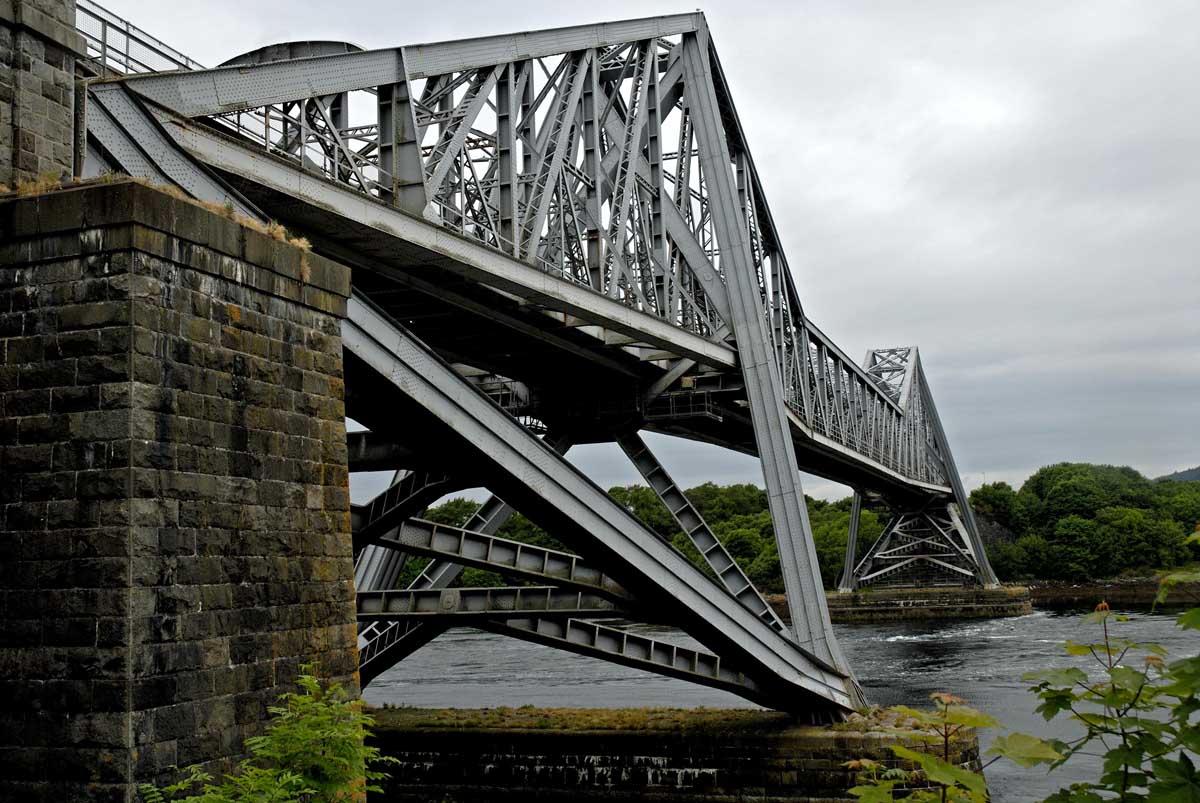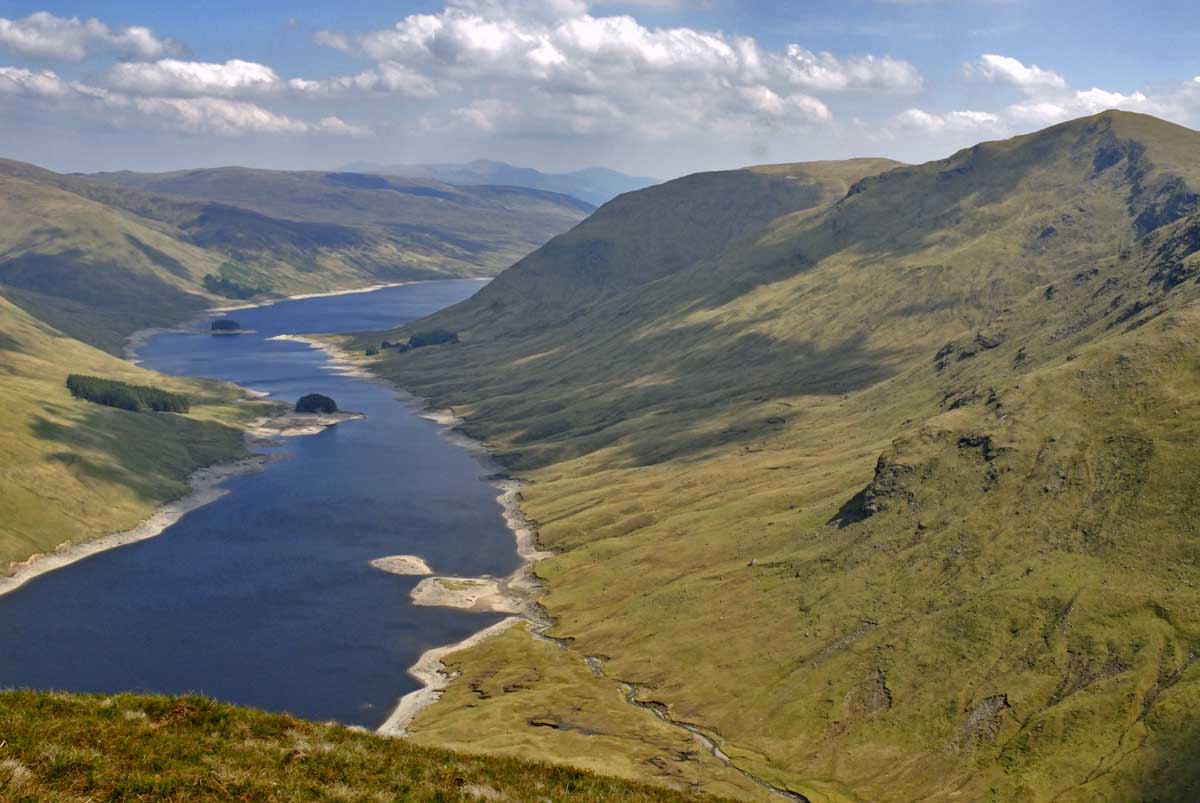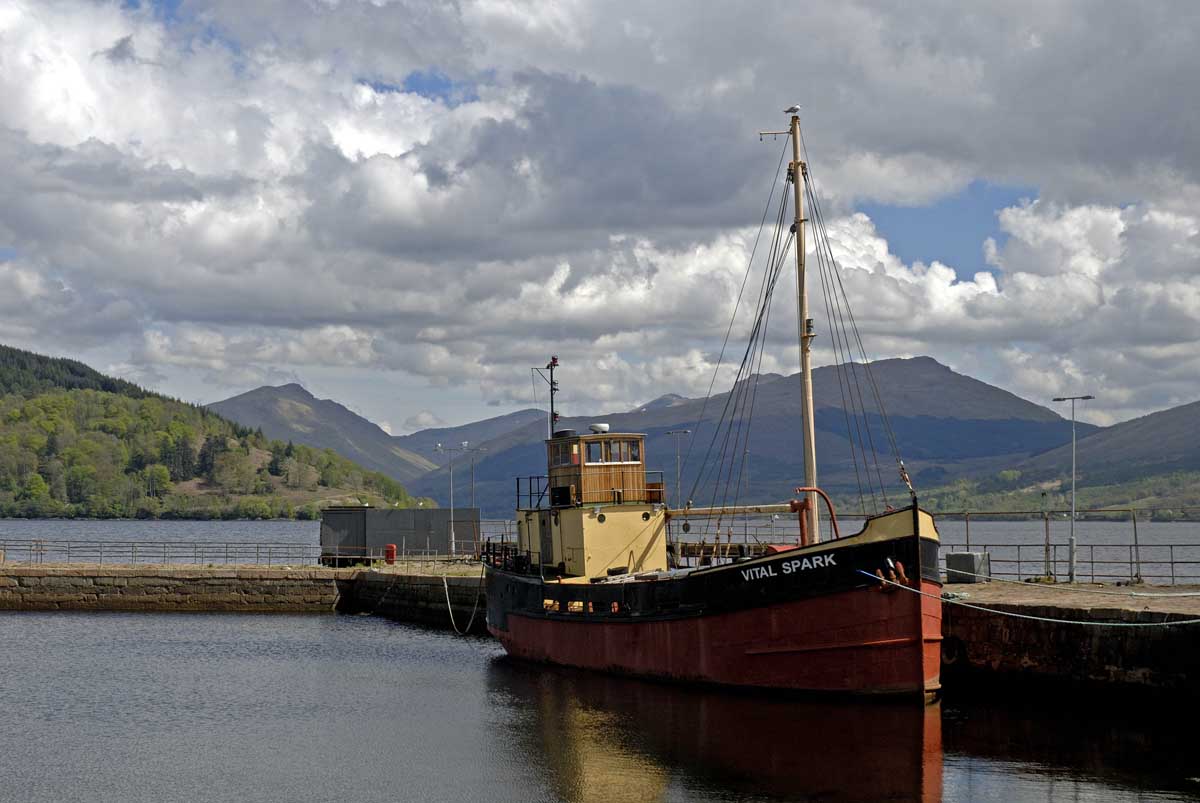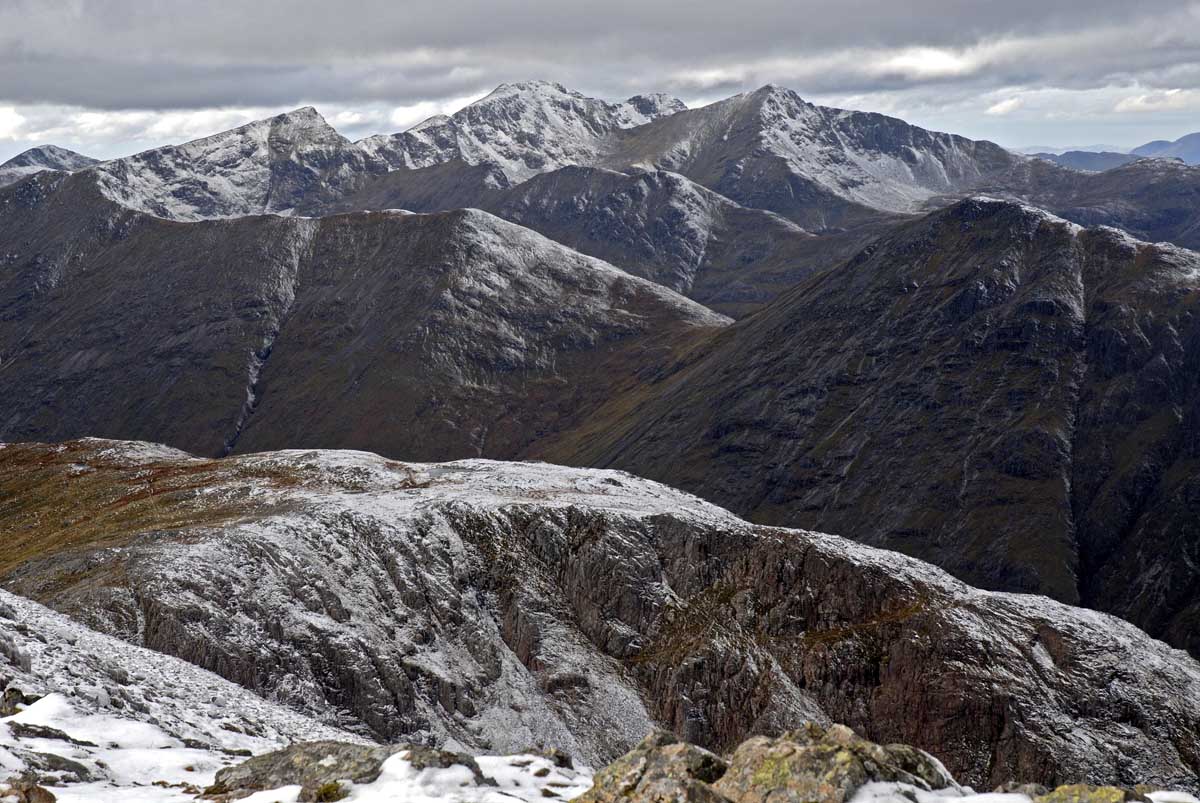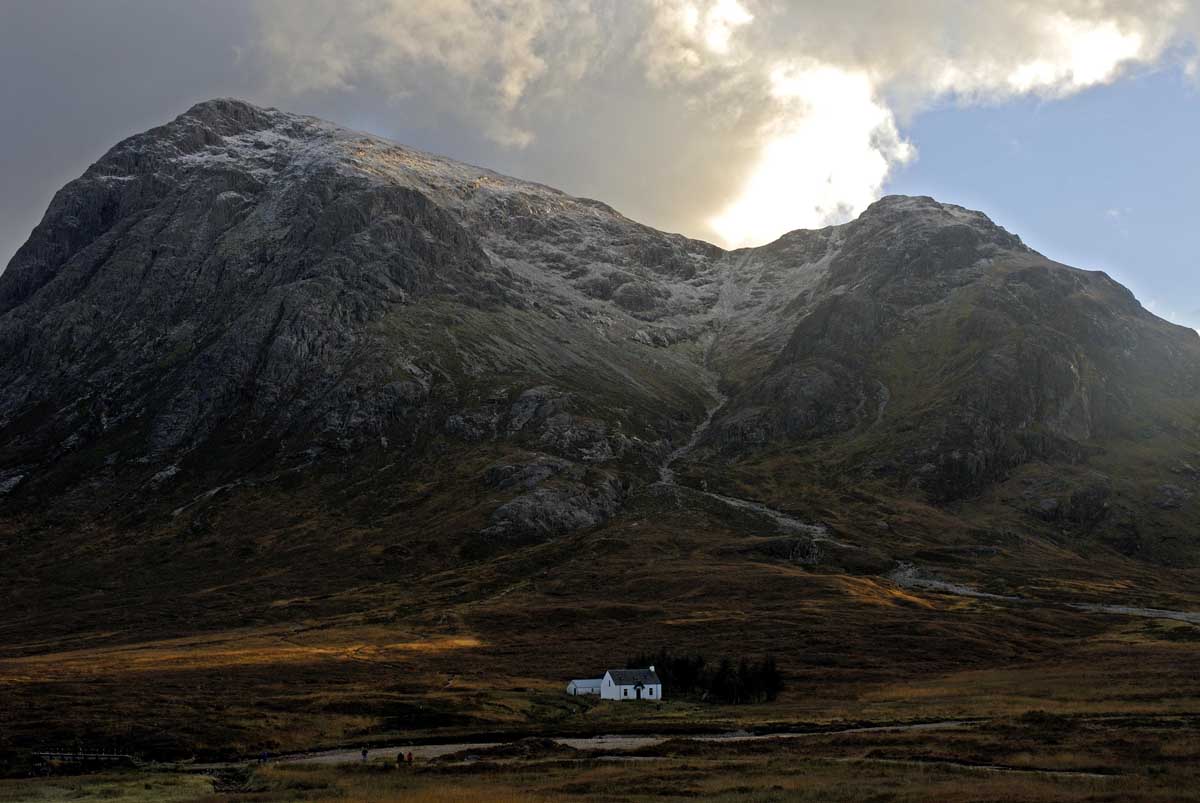|
An Ode to the A83
On this overcrowded, impoverished, island, finding a decent road to simply enjoy is a challenge. Here in the Highlands there are many marvelous roads, most involving single track with passing places, which go nowhere but are stunningly remote and dramatic. But what about an empty road that can be driven fast? Ah, yes, they’re a little harder to find. Nevertheless, I think I may have found one. First of all I must state that I’m not vouching for the quality of its maintenance. It, like many others around here, is cared for by BEAR. White on blue signs proudly declare that fact. Alas, a bear could likely do a better job. A recent trip to Fort William revealed the obvious reality that the Luftwaffe has been using the A82 for nocturnal target practice. I can think of no other reason why such a major arterial road would be so full of craters. The A83 is not exempt. The road surface is decidedly wanting in many places. Nevertheless, and with that caveat, it is still a delightful road to mosey along. It is a well engineered road, generally full-width, with long straights and sweeping curves. There are some exceptions, yet these are completely forgivable and just add to the charm and character of the road. Just to the north of Inveraray, the eighteenth century Aray Bridge takes the traveler across the river to the fore of Inveraray Castle. It’s all part of the architecture and so to remove or rebuild it would be sacrilege. Traffic lights do the job. At Ardrishaig, a single carriageway swing bridge allows boats to exit the Crinan Canal. And at Minard any widening would take the road into front gardens, even front rooms. It is a road to be enjoyed. It is reasonably empty to start with and just gets emptier as you head south. And all the while the glorious views are, well, glorious.
It all starts at a TOTSO junction at Tarbet, on the shores of Loch Lomond. TOTSO? Well, if you are heading from Glasgow to Fort William on the A82 and you don’t, you end up in Campbeltown (cam’belton). Confusingly too, there are many Tarbets and Tarberts. The name comes from Gaelic, An Tairbeart, and refers to an isthmus or land bridge between two larger lumps of land. In this case the waters are the sea loch of Loch Long and the sweet water of Loch Lomond (surface elevation 7.9m).
The first community, just two miles in, is Arrochar. It has a very attractive situate at the head of Loch Long and is famous for its Alps, notably The Cobbler and a number of Munro’s. Sadly the whole area has a long and present military connection. Arrochar was home to a torpedo testing station, unarmed specimens being test-fired along the loch for later recovery. I suppose their unarmed state was of some comfort to the local, civilian, maritime community, safe in the knowledge that their craft would simply be sunk and not blown to smithereens. Moving on:
The road now commences its climb up Glen Croe towards the Rest and be Thankful. With modern vehicles this milestone is barely noticeable, other than the car park and burger van. But in days of yore, should you have been a horse or on Shanks’ Pony, no doubt this is exactly what you would have done. What is noticeable is the perpetual road works. Built on the side of The Cobbler, it is a sort of shelf, cut into the mountainside. Alas it is not a particularly stable mountainside – landslips are a common feature, regularly closing the road. Part of the thankfulness to The Lord might have been for getting through unscathed. These days the hillside is covered in protective metalwork, but natural forces cannot really be so constrained.
Heading downhill, Loch Fyne soon comes into view, the longest sea loch and one that stretches south all the way down to the Isle of Bute and its eventual meeting with the Firth of Clyde. At its head, two signs will be seen – Loch Fyne Brewery and Loch Fyne Oysters. What more could a man want? Beer and aphrodisiacs. Well, actually…
We soon come to Inveraray with its aforementioned twin-arched bridge. It’s a very attractive place, with an array of whitewashed buildings gathered along the water front and around the harbour. The jail, now a museum, is apparently worth a visit. There is church in the middle of the road and, just through an archway at the junction with the A819, fuel. Take note - such places are not common on this road. The parking is all Pay & Display (also the PCs!), but note too that there is a Co-op just to the south of the town which could have a dual purpose.
Inveraray proudly declares itself to be the birthplace of Neil Munro. Who he, we wondered? Not Munro of the mountains. He was a Hugh. This one was a journalist and an author aka Hugh Foulis. One wonders if the captain of the Vital Spark, one Para Handy needed to avoid unarmed torpedoes. If you take the A819 north, you will see a great big monument on a hill to his name.
Heading south, the road turns inland for a few miles before rejoining the coast whilst bypassing Furnace. I may be doing it an injustice but it appeared to be little more than a council housing estate. Such snobbery! Suffice it to say that there was no obvious incentive to take a detour. Who knows what gems we might have missed?
Just before the pretty hamlet of Minard, we pass signs for Crarae Gardens. This is a National Trust for Scotland property, described as an ‘exotic splash of wilderness’, ‘a proper Himalayan glen set in the gentle hills of Argyll’. One for another day, methinks.
Eventually we sweep around a headland and head north into Lochgilphead. Ceann Loch Gilb or Kinlochgilp. Take your pick. Anyway, a Tesco and Esso are on the approaches to the town and, if memory serves, I believe this is the last chance to refuel before Campbeltown.
A really worthwhile detour can be taken here to explore the Crinan Canal. You’ll see the eastern end later at Ardrishaig but if you take the Oban road to Cairnbaan and onto the B841, you’ll follow the canal, cross it on a swing bridge, see all the locks and lockkeepers cottages, until you come to Crinan sea-loch. All very pretty and un-Highlandesque. Above Bellanoch, on the road to Tayvallich, is Knapdale Forest and the site of the first Beaver releasing experiment. There is a walk from the loch to a viewpoint which presents a wonderful panorama of the canal, Loch Crinan and its estuary.
Back on the A83, head south, enjoy the drive, enjoy the views across to the Cowal peninsular. And then, as you sweep round a right-hander, there is Tarbert below you, looking charming as it clusters around the East Loch. The desire to stop instantly and take a picture is tempered by the fact that such a course is inadvisable – there is nowhere to pull in and a certain law will demand that there be a vehicle behind at this very point. The road, descending into the town, is noticeably narrow. Park up, bide a wee, have a wander, look at the ferry to Portavadie, and when ready, continue the journey. At the back end of the town, more water is encountered – and you realise that, yes, this is a Tarbert. This is the West Loch and it is only by that tiny piece of land, occupied by the town, that Kintyre dangles in its rather flaccid manner.
For the first time our road trip takes us to the west coast. For those of us who pleasure in CalMac ferry timetables, we finally discover what is at Kennacraig – nothing! A farm by that name and a ghastly concrete structure that serves as a reception for the ferries from Islay, Colonsay and Oban. But then this is ferry central. Along the B8001 on the left is a ferry to Lochranza on Arran, and shortly we come to the ferry for Gigha, a community-owned island.
This side of the peninsular presents a wilder, dramatic visage. This is now the Atlantic, uninterrupted to North America. Islay and Jura are off to the west in hazy outline. Community-owned Gigha looks like a rather uninviting rock of barren-ness. There are some beautiful beaches and the road is broad and spacious, occupied only by the occasional Peter McKerral Transport of Campbeltown lorry. It almost seems to be his virtual private highway. At one point there are some very attractive cottages to the left and where the road swings inland, there is a large car park serving Westport Beach. A lovely sandy beach it is too.
As our destination nears, signs for the innocuously sounding Campbeltown Airport appear. This, in a previous life was RAF Macrihanish. During the cold war it came under US control. Why does an airport in this remote corner of the UK have Scotland’s longest runway, at 3.2 km? Oh, the rumours abound! Officially(!) it was built for the space shuttle to make an emergency landing in Europe, should the need arise. Unofficially, and denied by everyone, it was used by Aurora, the quasi-mythical Mach 8 delta-wing plane (not) developed by the US. In 1994 a Chinook helicopter crashed near here killing all the intelligence chiefs on board. The cause was never satisfactorily explained. Human error? Software error? A sonic boom from Aurora that destabilised it? Shortly after this incident the US handed Macrihanish back to the MoD. Guilty conscience? Move on, nothing doing here. Exits stage left, whistling nonchalantly.
And thus we arrive, 98.3 miles from Tarbet, at the end of the A83 in Campbeltown itself, a town with palm trees (we’re a long way south) some elegant buildings, including a rather smart art-deco picture house, but generally with an air of having been shut down (although I highly recommend McIlchere’s bakery - three sausages, bacon and a fried egg in a roll for three quid). At the head of Campbeltown Loch, there is a harbour, ferry terminal and a waterfront that is workaday but pleasing enough. The ferry terminal these days is used for a thrice-weekly service to Ardrossan. It had been built for a service to the much closer Northern Ireland. That service barely began before it had stopped. Who wants to take a ferry to arguably the most remote mainland town in the UK? And having arrived to be faced with an even longer ferry service to Scotland’s east coast or a 200 mile, 4 hour journey to anywhere populous? The crossings to Troon, Ardrossan and Cairnryan are much more straight-forward and commercially viable. Also worth mentioning is a prominent rock in the loch called Davaar Island - complete with cave and mysterious painting of 'Jesus'. Low tide reveals a causeway for walking out to it. We were there at high tide! We’ll just have to return one day.
The A83 used to continue from here to an anonymous spot a few miles further on but that is now part of the B842. Far more sensible.
Has it been an enjoyable trip along our A83? Very much so. A mountain pass, lochs and glens, an ocean, sandy beaches, pretty towns and villages, islands and ferries, a canal and a fast and empty road. I remember experiencing the A9 between Inverness and Perth in the mid 1980s and being thoroughly impressed. That too was a joyful drive. It is a purpose-built single and dual carriageway road. Back then it was empty and one could floor the accelerator and watch the ever-changing scenery slip past at 80mph (an Austin Metro - it was doing well). The occasional HGV could be dispatched with ease. Speyside became Tayside, Slochd and Drummochter summits were dramatic. These days, well, the scenery hasn’t changed but the ‘killer’ A9 is no longer a joyful experience. It is too busy. Overtaking opportunities are few and far between. Average speed cameras are pretty much irrelevant. HGVs are limited to 50mph and so therefore, by default, is everything else. It’s a frustrating journey. It is currently, and very slowly, being converted to dual carriageway throughout, and, whilst that will reduce such frustration and the journey time, I’m sure that it will also ruin its character.
Still, we always have the A83 to Campbeltown.
|
